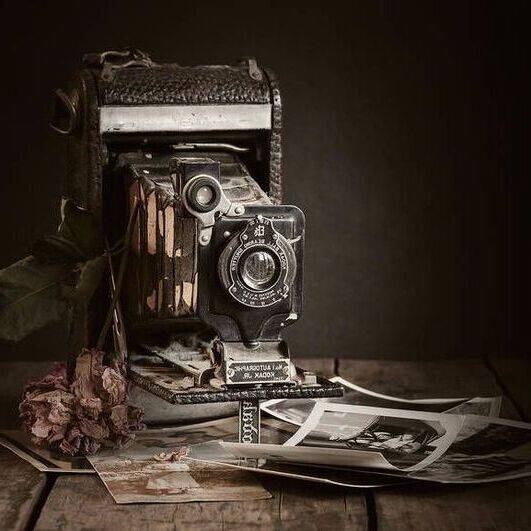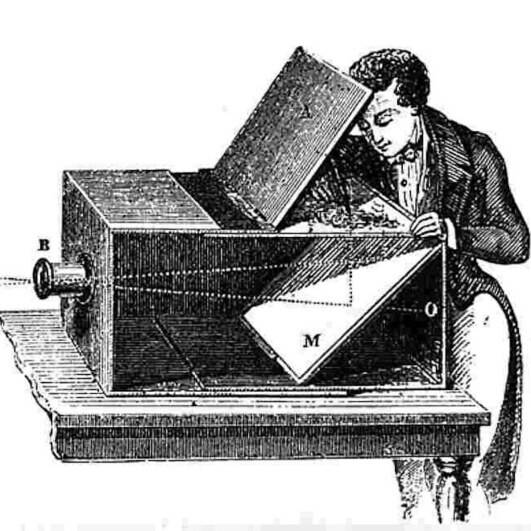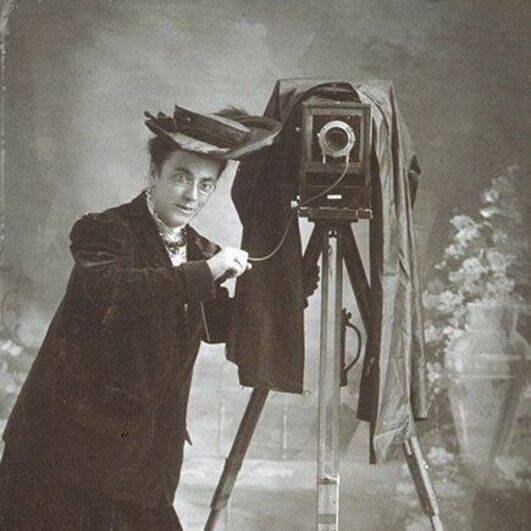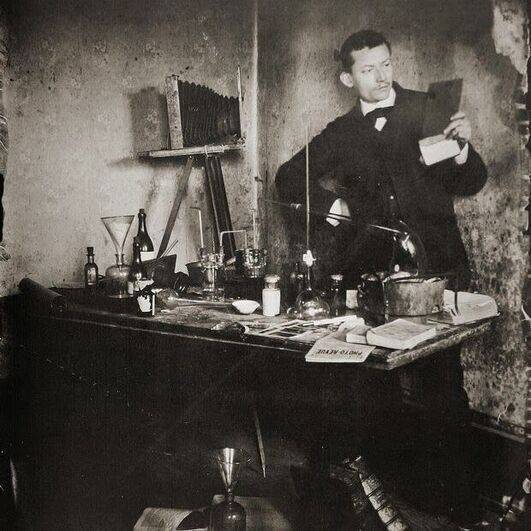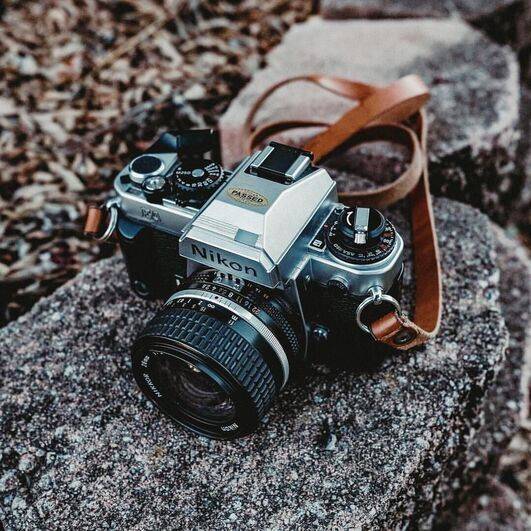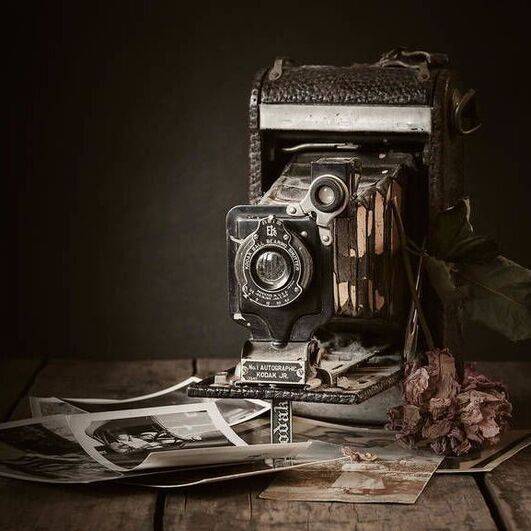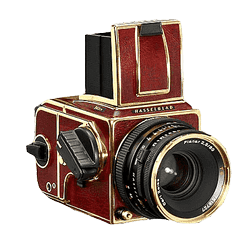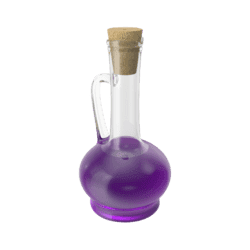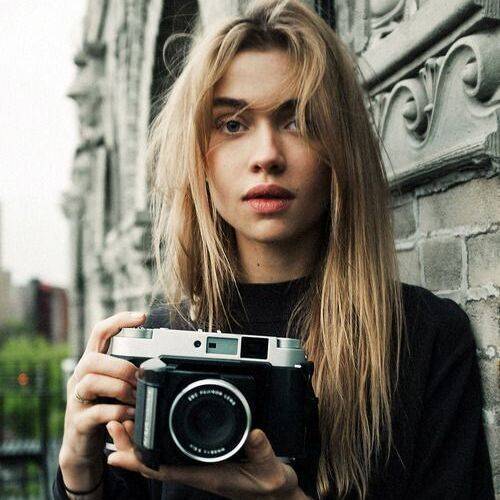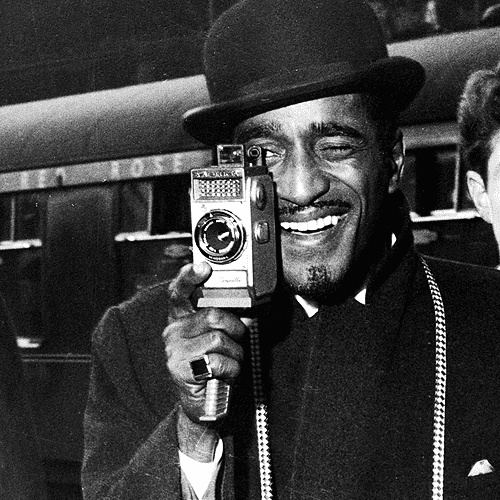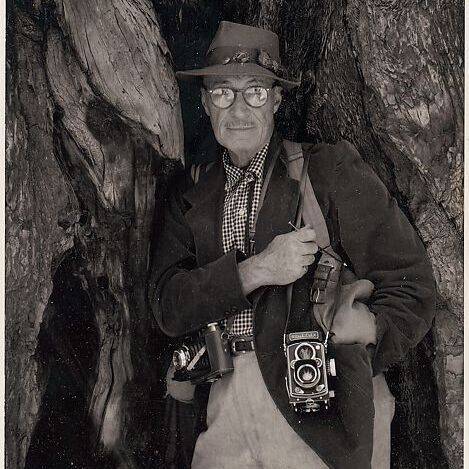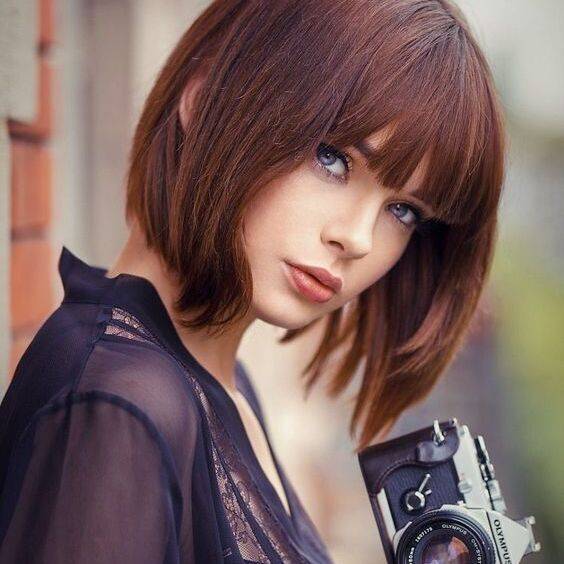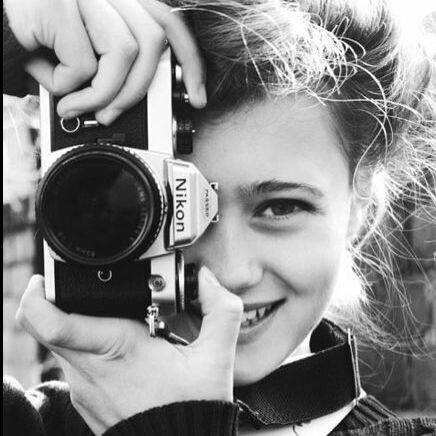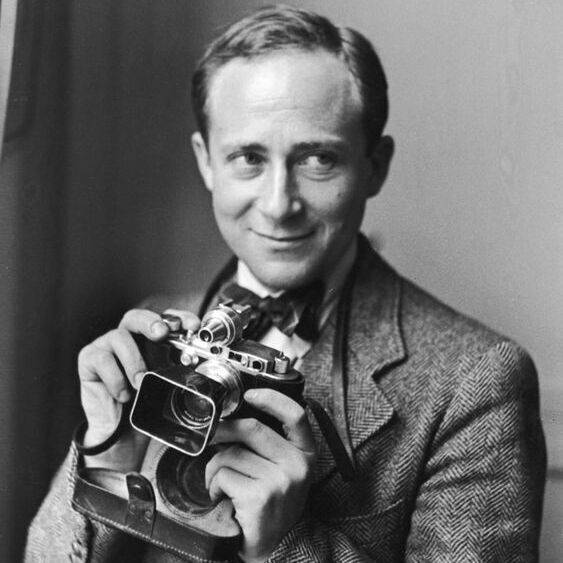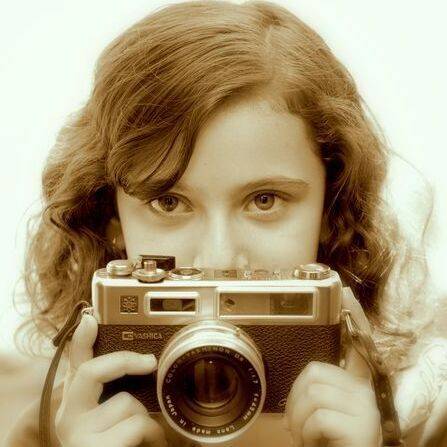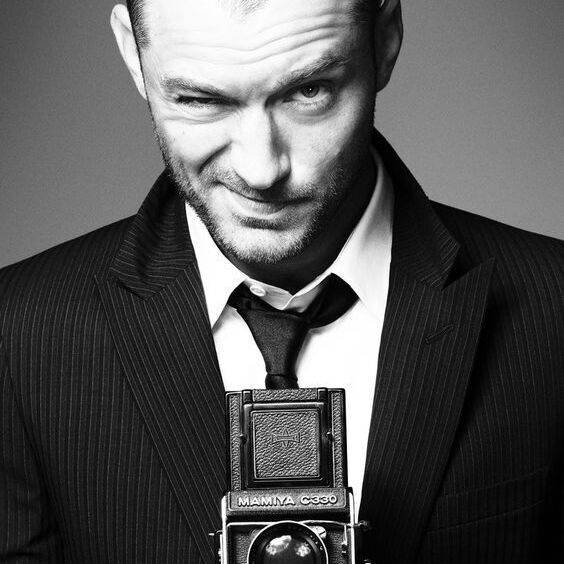Wizarding Photography
WHAT IS WIZARDING PHOTOGRAPHY?
- Photography is the art or practice of taking and processing photographs.
- Very little differentiates non-magical photography with wizarding photography with the exception of the use of Developing Solution which is a potion that, when used in the developing of photographs, allows the pictures to move.

OUTLINE
WHAT IS WIZARDING PHOTOGRAPHY?
HISTORY OF PHOTOGRAPHY IN THE WIZARDING WORLD
HOW DOES IT WORK? HOW TO MAKE A PHOTOGRAPH
AVAILABLE PRODUCTS
SUBJECT MATTER - WHAT TO TAKE PICTURES OF
CAREERS IN PHOTOGRAPHY
FAMOUS PHOTOGRAPHERS
EXAMPLES OF MOVING PICTURES
HISTORY OF PHOTOGRAPHY IN THE WIZARDING WORLD
HOW DOES IT WORK? HOW TO MAKE A PHOTOGRAPH
AVAILABLE PRODUCTS
SUBJECT MATTER - WHAT TO TAKE PICTURES OF
CAREERS IN PHOTOGRAPHY
FAMOUS PHOTOGRAPHERS
EXAMPLES OF MOVING PICTURES
*Lore by Simon Kincaid
This is the "Game Master" account. Please do not owl this account, unless specified. This account is not moderated actively and therefore, you may not receive a response.
Contact a Head of House or the Headmaster if you need anything.
Wizarding Photography
HISTORY OF PHOTOGRAPHY IN THE WIZARDING WORLD
INTRODUCTION
Photography is not only one of the largest hobbies in the world, muggle or wizarding world alike, but it also is an important resource in our lives. Photographs are important to illustrate, inform, report, and document: to express ideas, tell stories, capture the moment, preserve memories, archive knowledge, encourage self expression, or maybe just used for beauty and entertainment.
The history of photography doesn't begin with wizards; instead it began with muggles.
CAMERA OBSCURA
The history of photography doesn't begin either with a physical image of a photograph but rather a dark room and only a pin-prick of a hole. A Camera Obscura, or "dark chamber" was experimented with in the 9th Century. It allowed sunlight to pass through a tiny hole in one wall of a room or light-tight box causing it to project an upside-down image of the outside world on the opposite wall. The image was projected there: it could be seen, it could be utilized as a tracing or drawing aid, but there wasn't yet a way to capture a permanent image.
PHOTOGRAPHY IN THE MUGGLE WORLD
Photography emerged as muggle scientists began experimenting with Chemistry and light-sensitive materials (substances or solutions that darken when exposed to light).
In the early 1800s, a muggle by the name of Nicéphore Niépce used small plates coated in chemicals and experimented with various techniques to capture an image. He is attributed to capturing the first photograph in 1826 - a blurry image of rooftops.
Niépce's former partner, another muggle named Louis Daguerre, would create a process called the Daguerreotype. These photographs were very time-intensive and expensive. The practice became widespread among muggle wealthy class families.
CROSSING OVER INTO THE WIZARDING WORLD
The practice quickly began to become controversial in the wizarding world. Some witches and wizards found the idea of photography to be appealing because, while it was derived from muggle science, it was like a division of Potions. For others, it was the novelty of something new. Still, there were many, mainly aristocratic pureblood families, that saw no use in deviating from the portraits that were drawn of themselves, their families, or any landscape or subject of their choice by valued artists. After all, those images could move AND talk. Perhaps it really truly was just an aversion to muggle things, but they would never admit to such a notion.
Still, one pioneer in general broke out from such stigma. Marilla Highmore was from a wealthy pureblooded family but was fascinated by the thought of having a true moment in time, a true depiction of what really was there, be frozen in time. "A stopped motion in time!" she would describe it as, and she fought through the aversion that the wizarding world put upon her. She traveled to three different continents (Asia, North America, and South America) to take photographs of beautiful landscapes, magical creatures, and exotic plants. Many wizards and witches had only seen an artistic rendition of these subjects until her photographs. She got others interested in photography and helped normalize it for the wizarding world.
MAKING PHOTOGRAPHY MAGICAL
Still, that wasn't good enough. Not for everyone. No, there had to be something unique and special about photography if the wizarding world was going to utilize it. That's where Alastair Digby came in. What differentiated a painted portrait in the muggle world from one in the magical world was its ability to move and talk. What could be done to differentiate muggle photography from wizarding photography? Alastair Digby, a potions master, experimented and studied various elements until he finally invented the Developing Solution - a grand invention!
When the Developing Solution was used, photographs taken by wizards and witches would show movement - capturing a brief moment in time in a perpetual loop. To change Marilla Highmore's words, Alastair Digby would claim "A moment in time!"
GROWING IN POPULARITY
After this invention, photography in the wizarding world was no longer taboo. EVERYONE wanted to give it a try but only the wealthy could afford it.
Those that wanted their image or their families captured forever in a photograph would seek out the few prominent photographers of the time and travel to their Studio or Photographic Room. These locations were bright spaces, adorned with the most fashionable furniture, props, and backdrops, and guaranteed a good picture.
The most recognized photographers at this time were Hampton Parker, Herminia Cross, Jean-Pierre Marchant, and the brother duo of Thaddeus and Leander Riede.
It wasn't until Alastair Digby's patent on the Developing Solution lifted in 1844 that photography became more available to the masses.
Now, even muggle cameras can take such photographs (and are popular amongst the magical world) - as long as all mechanisms are manual as not to interfere with magic and developed with the Developing Solution in order to move.
-----
CURRENT DAY WIZARDING PHOTOGRAPHY
Today, wizards and witches alike use photography for both professional means and recreational use. With photography's wide range of uses - it is almost limitless.
Keep reading to find information about what subject matter could be used in photography, how to create a moving photograph, what sorts of cameras are on the market, career options for aspiring professional photographers, and famous photographers in the magical world.
CONCLUSION
May photography continue to move along and move us along, picture by picture.
This is the "Game Master" account. Please do not owl this account, unless specified. This account is not moderated actively and therefore, you may not receive a response.
Contact a Head of House or the Headmaster if you need anything.
Wizarding Photography
HOW DOES IT WORK? HOW TO MAKE A PHOTOGRAPH:
- Wizards and witches can take photographs with any manual, mechanically driven, camera for a wizarding photograph. This is important because if batteries or electricity is utilized in any manner, it would detrimentally affect the film and therefore not allow the Developing Solution to process correctly and if any sort of electrical component is present, it simply will not work around large swathes of magic like any other electronic device. The only thing that differentiates a wizard camera from a muggle one is whether or not the company in which manufactured the camera is muggle-owned or wizard-owned.
- Film is loaded into the camera and with the correct light settings in place, subject matter and composition chosen, and a snap of the shutter - a photograph is taken! The witch or wizard would then advance the film to the next frame, making the camera ready for the next picture.
- Part of the magic of photography, whether in the wizarding world or otherwise, is waiting to see the results. It isn't until the film is processed with the correct chemicals that the first glimpse can be seen through negatives. This must be done by the witch or wizard that took the photographs, or sent off to a lab in which they complete this process at a price. Blue Moon Camera and WizLab are two popular companies for this, and will even offer to make photographs for an additional price.
- Various chemicals will be needed to develop the film, including Developing Solution if the wizard or witch wishes to have their photographs in motion. While the film needs to be loaded into the Film Developing Canister in the darkness, the processing can then be done in the light. Film is developed with Developer/Developing Solution, Stop Bath, Water Rinses, and Fixative. Film must also hang after processing for a length of time to dry.
- The darkroom process continues. Once negatives are processed, they can be used to create a photograph. This must be done much in the same way that muggle darkrooms work - under the safety of red or amber lighting. Since electricity would disrupt the magical moving photograph process, it must not be used. Wizards have their own form of safelights for photography. Some are lit by flame and other are an oil lamp, producing light for a period of time using an oil-based fuel source.
- The wizarding method of creating a photograph is done when a negative is selected and placed into a carrier, and photographic paper is secured to the wall or a stand. A mirror is then positioned to reflect the light and the spell Lumos! is casted. The wizard would first need to test how long of a duration the charm should be held to get the correct exposure with a test strip, covering up some of the reflected light onto the paper. They would then process this test strip through the checmicals to determine the correct exposure time before creating their final print.
- Once exposure is determined, they will take their paper (still under the safelights) into the Developing Solution/Developer, Stop Bath, Wash (of water), Fixative, and then one more Final Wash. Once the photograph has been through the Fixative for the predetermined length of time (as described by the chemical company), regular light can touch the photograph, leaving it unharmed.
This is the "Game Master" account. Please do not owl this account, unless specified. This account is not moderated actively and therefore, you may not receive a response.
Contact a Head of House or the Headmaster if you need anything.
Wizarding Photography
AVAILABLE PRODUCTS ON HOGWARTS.IO
WIZARD CAMERA - This camera is powered by magic instead of electricity. Although in order to make the printed photographs moves, one must use a special potion. Cost is 7 galleons and available in the Main Square of Hogsmeade.
DEVELOPING SOLUTION - A prepackaged vial of magical developing solution. When used to develop photographs taken on a wizard camera the images will move. Cost is 10 sickles and available in the Main Square of Hogsmeade.
OTHER PRODUCTS ON THE MARKET
There are many other photography products available to aspiring photographers in the magical world. There are three main brands of wizarding camera brands: Cameraderie, Cam City, and Lens Lab. Their products and cameras do not differ from muggle cameras with the exception of being wizard-owned companies.
Any manual, mechanically driven, camera will work for wizards, so long as no batteries or electricity is needed for their use as that would interfere with magic and could not be used at Hogwarts and other locations where magic is prevalent.
MagicalChrome is a wizard-owned photographic film company popular among witches and wizards, although muggle brands are popular as well.
MagicalChrome and Cameraderie have additional products including Developing Solution, other darkroom chemicals, and photographic paper.
This is the "Game Master" account. Please do not owl this account, unless specified. This account is not moderated actively and therefore, you may not receive a response.
Contact a Head of House or the Headmaster if you need anything.
Wizarding Photography
SUBJECT MATTER - WHAT TO TAKE PICTURES OF
A subject can be thought of as the "what" in a photograph: the topic or focus of an image. It is the primary object being photographed or the primary subject of interest on which a photographer focuses with thought being given to composition. There are no finite categories of subject matter. The main subject matters would be people, arrangements of objects, the natural world, and abstraction.
SOME EXAMPLES:
Abandoned Buildings, Abstracts, Amphibians, Anger, Arches, Architecture, Autumn, Back Alleys, Bad Weather, Balloons, Bark, Birds, Black and White, Blue, Books, Bottles, Bridges, Broken Glass, Bronze, Brown, Buildings, Butterflies, Campsites, Catching People Unaware, Cats, Celebrations, Choice, Churches, Circles, City Skylines, City Street Scenes, Close-Up, Clouds, Cold, Colors, Columns, Contrasts, Critters, Culture, Curves, Dancers, Decorations, Demonstrations, Documentary, Doors, Dots/Dashes/Diagonals, Duplicates, Embrace, Enthusiasm, Events, Eyes, Feathers, Fire, Fish, Flowers, Forms in Nature, Fountains, Framed, Frozen, Fruit, Games, Gardens, Gates, Glamour, Glass, Gold, Graceful, Green, Hands, Halloween, Hallways, Handles, Happiness, Harvest, History, Holiday, Horizon, Ice, Industrial, Insects, Inspiration, Iridescent, Isolated Objects, Jewelry, Jobs, Journalistic, Joy, Keys, Kin or Families, Landscapes, Learning, Leaves, Letters, Light, Lines, Locks, Magical Creatures, Magical Plants, Monuments, Muse, Nature, Nighttime, Numbers, Objects, Old Everything, Opposites, Opulent, Orange, Pairs, Parallel Lines, Patterns, People, Perspective, Pets, Pink/Purple,Potions, Raindrops, Rainbows, Red, Reflection, Religious, Rocks, Round Things, Rows of Things, Rustic, Sea Shells, Seascapes, Seasons, Self, Shadows, Signs, Silhouettes, Sky, Smiles, Snow, Soft Curves, Sorrow, Sports, Stairs, Statues, Still Life, Structures, Student Life, Sunrise, Sunset, Textures, Trees, Uniforms, Urban, Vacation, Views, Vignettes, Water, Weather, Wide Angle Everything, Wildlife, Windows, Woods, Yellow
This is the "Game Master" account. Please do not owl this account, unless specified. This account is not moderated actively and therefore, you may not receive a response.
Contact a Head of House or the Headmaster if you need anything.
Wizarding Photography
PORTRAIT or FAMILY PHOTOGRAPHERCAREERS IN PHOTOGRAPHY
Portrait photographers aim to capture a person's personality through the use of proper lighting and backdrops. They may take headshots of a company's employees or family photos. Portrait photographers can either work on location or in their studio. They can be self-employed or work for a business.
Family photographers capture images of a family in a portrait-type situation. Whether staged or candid, these images show the relationships and dynamics within a family.
COMMERCIAL PHOTOGRAPHER
Commercial photography aims to market a client's products or services. Commercial photographers can take pictures of buildings, merchandise, or a company's employees. This is often used in advertising.
RESEARCH PHOTOGRAPHER
Research photographers document subjects, illustrate technical information, use images for record-keeping purposes or explanation. Their images show something to someone that could be published in books.
PHOTOJOURNALIST
Also know as news photographers, photojournalists take photos of people and events for use in news publications like newspapers or magazines. They may cover sports events, political rallies, court proceedings, or local and national events. Photojournalists tell a story and help share breaking news with the public though their images.
EVENT or WEDDING PHOTOGRAPHER
Event photographers work in a fast-paced environment, taking photos in a variety of settings such as concerts or corporate or political events. They typically use both their photo-journalistic and portraiture skills when shooting at various events. While some companies use their event photos for publicity and marketing, others use them as keepsakes. Wedding photographers take photos at wedding ceremony and reception. Not only do wedding photographers take portraits, but they also use their event photography skills to document various settings and groups of people.
PRODUCT or ADVERTISING PHOTOGRAPHER
Product photographers take photos of company's products or items manufactured for sale. Though you often take photos of a particular product, you may also take photos of models with a product. The photos you take often get published in print catalogs, magazine advertisements, and other related signage or platforms. You may also find product photos on a company's labels or brand packaging. Product photographers often work in a studio where they have greater control over the lighting, shadows, and background. You'll shoot everything from fashion to products.
FINE ART PHOTOGRAPHER
The artist. Fine art photographers essentially create art without any set rules. They attempt to capture an emotional response and communicate a message to an audience. You can often find a fine art photographer's art in art shows and inside art galleries. While this type of photography doesn't have a particular subject in mind, many fine art photographers take photos of landscapes or shoot portraits.
FASHION or GLAMOUR PHOTOGRAPHER
Fashion photographers take photos of models wearing the latest styles and trends. With this job, you can take cover shots for fashion magazines or photograph models for a story. Fashion photographers work in a variety of settings such as in studio or on location. Apart from taking fashion photos, they also help models get the right pose.
Unlike fashion photographers, glamour photographers don't focus on a model's clothes or the shoot's location. Instead, they take photos that focus on the beauty of a person. They often shoot images that focus on the model's body or distinguishing features.
ARCHITECTURAL PHOTOGRAPHER
Architectural photographers take photos of buildings. They aim to capture the building's essence and form, from building to completion. They capture both the interior and exterior of a building while pointing out subtle details that accentuate the building's unique design.
TRAVEL PHOTOGRAPHER
As a travel photographer you get paid to go to unique locations and photograph what you see. This type of photography allows you to blend a variety of photography styles. You can photograph the people and their lifestyles, the landmarks you visit, the food you eat, or the wildlife you encounter. You have the opportunity to take your audience around the globe without the need for luggage or a passport.
PET PHOTOGRAPHER
Wizards love their pets, too. Pet photographers take photos of an individual's animals. While pet photographers take photos of a variety of animals, they may have to offer them a treat to ensure they stay in place for the right shot. Pet photographers work in a variety of conditions, whether it's inside a studio or in an outdoor location.
SPORTS PHOTOGRAPHER
Sports photographers take photos of athletes during practice sessions or sporting events. Working from the sidelines, they use long lenses to zoom in on the action and capture big plays or winning shots. Spots teams often use this type of photography for their publicity materials or other marketing or advertising purposes. In addition, news outlets and publications use sports photography for their print sports new sections.
DOCUMENTARY PHOTOGRAPHER
Documentary photographers take photos to chronicle events or environments that hold historical or everyday significance. Similar to photojournalists, they capture real-life moments and hel convey a message about the world at large.
LANDSCAPE PHOTOGRAPHER
Landscape photographers capture images that show the great outdoors. While some of their images show vast landscapes, others show microscopic elements found in nature. Landscape photographers aim to capture nature's presence, though they may also take photos of man-made features or a landscape's disturbances.
WILDLIFE PHOTOGRAPHER
Wildlife photographers photograph a variety of animals, magical and non-magical, in their natural habitat. If they're photographing dangerous animals or creatures, they use their stalking skills and knowledge of the species to better conceal themselves and stay away from danger while taking photos. Apart from capturing wildlife, wildlife photographers also show life in the wild in general.
FORENSIC PHOTOGRAPHER
Produces examination photographs of postmortem or crime-scene setting and samples of evidence to document pertinent findings as determined by forensic pathologists. Document everything - even when the Ministry is involved.
This is the "Game Master" account. Please do not owl this account, unless specified. This account is not moderated actively and therefore, you may not receive a response.
Contact a Head of House or the Headmaster if you need anything.
Wizarding Photography
FAMOUS WIZARDLY PHOTOGRAPHERS
ALIZÈ COURVOISIER
Alizé Courvoisier is a French photographer skilled at documentary photography with a moral edge. The quality of a documentary photograph stems from the honesty with which the photographer aims to tell the subject's story; these photographs are never staged, only observed and, without intervention, captured. Her work, often showing some of the lesser-seen sides to wizarding life (life halfbloods, house elves, and insight into the world of competitive occupations) have given many witches and wizards a new outlook.
REUBEN O'BRIEN
Reuben O'Brien is native to Ireland and his street photography is described as both ground breaking and innovative. Reuben is known for his sense of humor and for his photographs of iconic and bizarre situations in everyday life.
EDWIN HAYES
Edwin Hayes is the most famous wizard photographer in the nature and landscape niche. Originally from Scotland, he has traveled the globe, with nothing but his camera, broom, enchanted satchel, and his Majesto Tent which he converted into a living space and darkroom.
ROWAN MARICE
Rowan Marice, of Manchester, England, rose quickly to fame in the world of wizarding photography. Her iconic images of cultural and surreal imagery are true works of art. Anyone who is anyone would want a Marcie original hanging upon their wall. She doesn't often sell her work though, and if you want to see her original prints with your own eye, you'll have to catch one of her showings at prominent art galleries.
MALVINA MORVELL
Malvina Morvell, of Aberdare, Wales, will do whatever it takes to get the shot! Known for her work with magical creatures and plants, most of the dangerous kind, she has been described as downright fearless. Her photographs have made the cover of many publications and scientific journals within the wizarding world.
ROLAND PARLOW
Roland Parlow, a British photographer, is known as a prophet in helping to make photography into an art form. He has taken photographs in several genres and excelled at each and every one. He is perhaps the most known photographer in all the wizarding world.
VERONICA PENN
She is a street photographer from Painswick, Cotswold Valley, England, who often focuses her work on the darker side of the wizarding world. Her most influential work is with the lower class magical community, making statements about class and society, perception, and work labor. Her photographs have been instrumental in helping to change laws for the better.
LUCAS PRICE
Lucas Price of London is a portrait photographer to the stars. He has photographed everyone from celebrities to political world leaders. His work is a great resource if wanting to learn about portraiture and lighting.
This is the "Game Master" account. Please do not owl this account, unless specified. This account is not moderated actively and therefore, you may not receive a response.
Contact a Head of House or the Headmaster if you need anything.
Wizarding Photography
EXAMPLES OF MOVING PICTURES
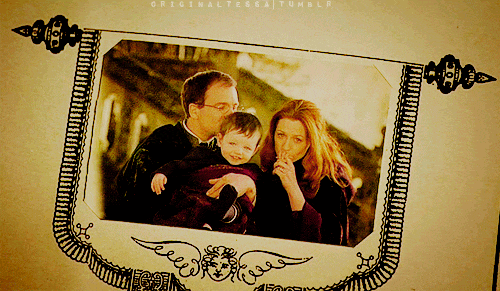
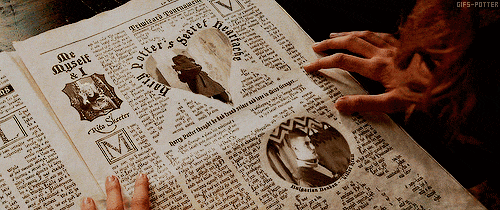
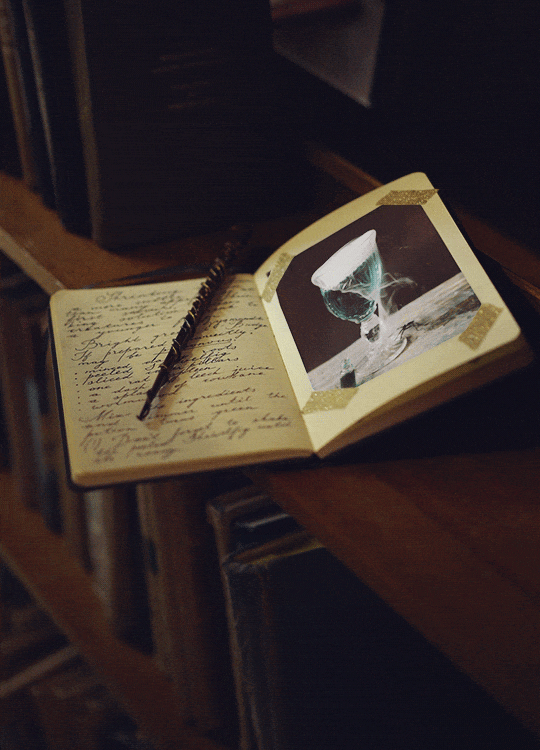
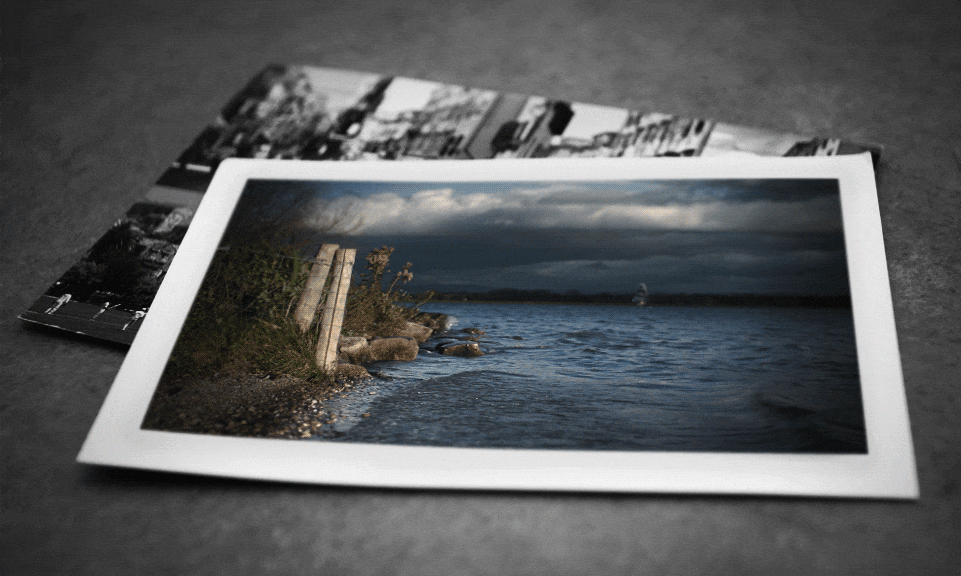
This is the "Game Master" account. Please do not owl this account, unless specified. This account is not moderated actively and therefore, you may not receive a response.
Contact a Head of House or the Headmaster if you need anything.
